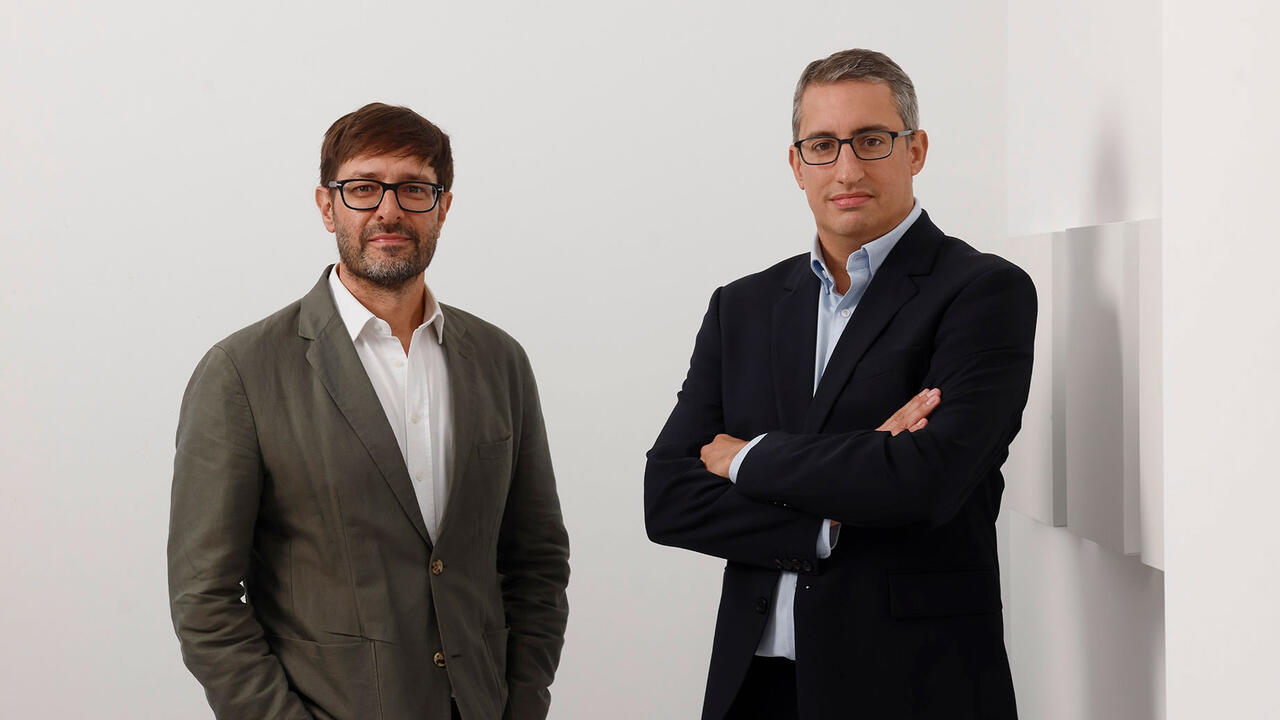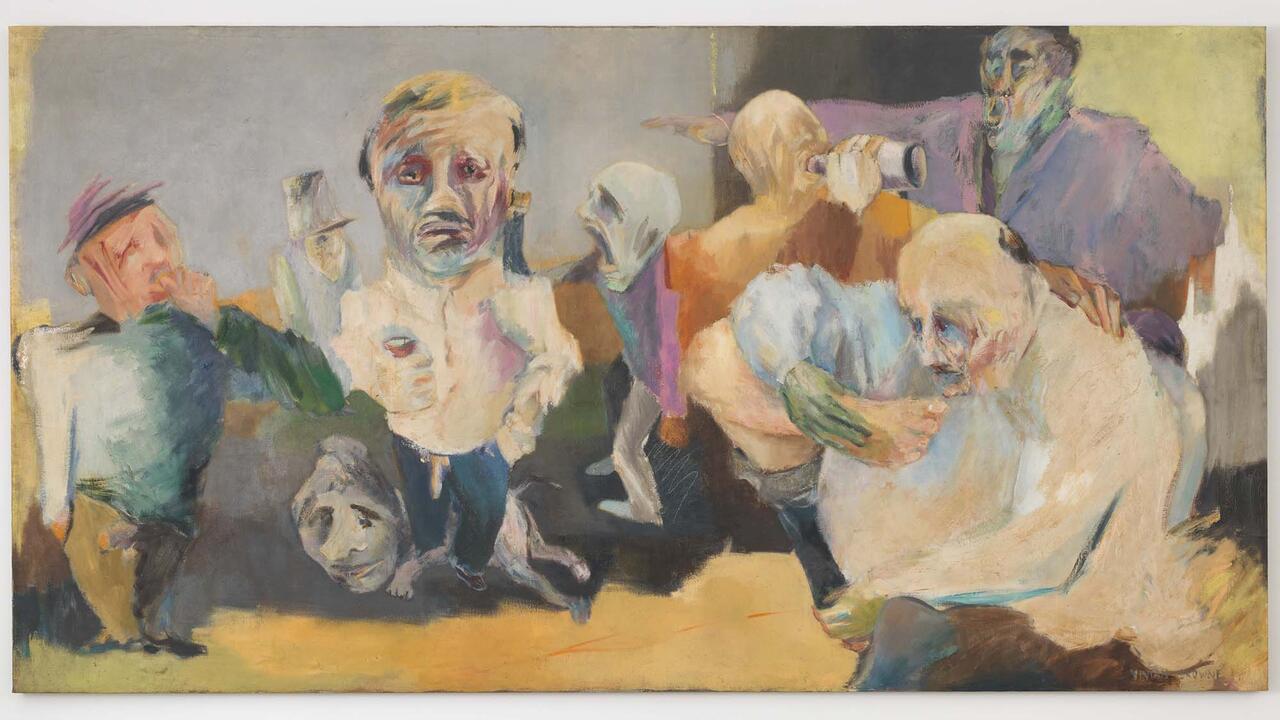Financial troubles at LA MOCA
Rescue plans proposed for the ailing West Coast institution
Rescue plans proposed for the ailing West Coast institution

Throughout the 1960s the Pasadena Museum of Art (now the Norton Simon Museum) was internationally renowned for its groundbreaking exhibitions of contemporary art; in 1962, the venue presented what is considered to be the first institutional exhibition of Pop, followed by the first retrospective of Marcel Duchamp as well as notable exhibitions of Joseph Cornell, Andy Warhol and Kurt Schwitters, among others. But despite its strong programming and wide public support, the museum incurred a sizeable debt that, by 1974, was forcing the trustees to either declare bankruptcy or accept a rescue offer from local philanthropist and entrepreneur, Norton Simon. That year, Simon took control of the museum, saving its important collection of contemporary works, but significantly altering the institution’s identity and reputation.
Sadly, this scenario seems to be playing out once again with another of Los Angeles’ five major art museums: the Museum of Contemporary Art in downtown L.A. Since its opening in 1979, MOCA has established three exhibition locations throughout the city, built the premier permanent collection of contemporary art in the United States. and has helped distinguish L.A. as an important international art capital. Accordingly, the news in late November that the museum was facing imminent closure due to financial troubles came as some surprise. The Los Angeles Times reports that the museum’s US$40 million dollar endowment has dwindled to as low as US$7 million dollars, with US$20 million of its unrestricted funds being completely spent by mid-2007, at which time the museum began borrowing from its restricted accounts – money earmarked for specific uses like acquisitions and education – to cover normal operating costs. Although the current economic crisis delivered a substantial hit to the museum’s investment portfolio, MOCA director Jeremy Strick had long been operating the museum in the red. In the past ten years, the museum’s annual operating costs have nearly doubled with very little oversight. While Strick, who is allegedly negotiating the terms of his resignation, failed to keep the Board of Trustees’ spending in-check, the group of 29 volunteer trustees shares responsibility for this shocking mismanagement of funds. The California attorney general’s office is investigating the institution’s finances as is customary in such cases.
The news of the museum’s financial crisis shouldn’t be a complete surprise given their recent history of high-profile spending including lavish gala events featuring performances by Kanye West or Rufus Wainwright and over-the-top blockbuster shows like last winter’s ‘©Murakami’, which boasted a fully functioning in-gallery Louis Vuitton boutique.

Even after their money troubles went public this autumn, MOCA Deputy Director Ari Wiseman was spotted ‘shopping’ the booths at Art Basel Miami (a scenario that might mean the museum is trying to conduct ‘business as usual’, but more likely reveals a lack of tact on the part of its leaders). Regardless, the announcement shook the L.A. art community eliciting an independent group of artists, critics, teachers and curators to gather an emergency rally to discuss the museum’s future. Following fast on the heels of the Democratic presidential victory and local protests over a ban on same-sex marriage, the impassioned rally on November 23rd – largely organized by L.A.-based artists Diana Thater and Cindy Bernard – set forth a grassroots petition of support and a plea to keep the museum independent.

That the museum’s independence might be jeopardized stemmed from rumours (officially substantiated on 16th December) that the Los Angeles County Museum of Art had proposed a merger to integrating MOCA’s collections into their own general holdings of art from antiquity to the present. The L.A. art community has been vocally opposed to this solution as it would mean MOCA would essentially be reduced to a single curatorial department. And with the seriousness and strength of vision of MOCA senior curators, Paul Schimmel and Ann Goldstein, this merger would not only be an unlikely fit, but an enormous loss to the cultural landscape on which LACMA also relies. This week, Los Angeles Mayor Antonio Villaraigosa urged the museum’s board to carefully review its options before making such a decision.

The other option on the table is a rescue proposal from notorious philanthropist-millionaire, Eli Broad, whose relationships with LACMA soured shortly after opening the Broad Museum of Contemporary Art, a US$60 million dollar monument to blue-chip collecting and addition to LACMA’s campus. In an opinion piece for the Los Angeles Times, Broad offered MOCA US$15 million dollars up front and an additional US$15 million over the next five years assuming that the museum remains independent, keeping its Grand Avenue location in operation. MOCA’s board, which met again on 18th December, has yet to publicly respond to the proposition, but the local media (fueled by anonymous trustees) reports that while trustees are wary of the conditions The Broad Foundation might impose on them, they will likely accept the offer. As a footnote to the ongoing drama, Broad has revealed plans to build his own contemporary art museum in Beverly Hills, which could be read as a disavowal of Broad’s strategic stakes in MOCA. L.A. can only hope that this bail-out proves that their city’s newest ‘Norton Simon’ is indeed capable of charity as well as vanity.















